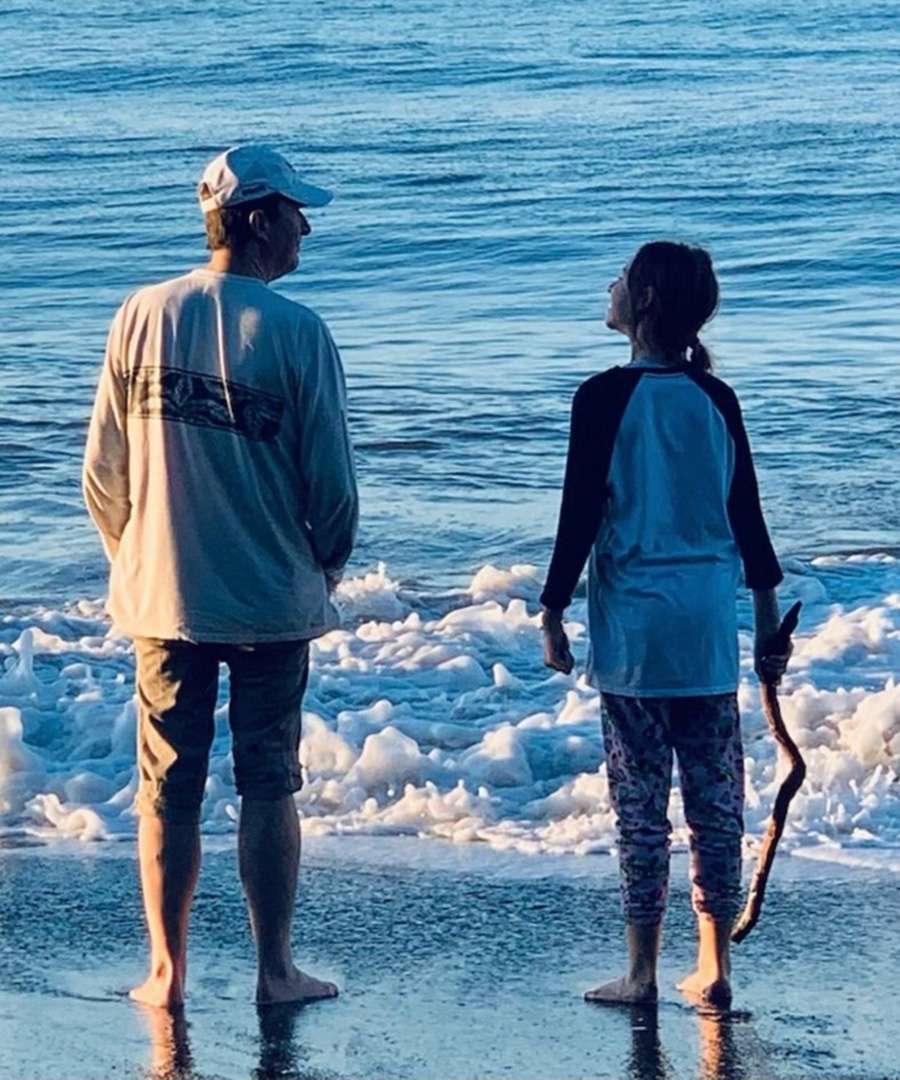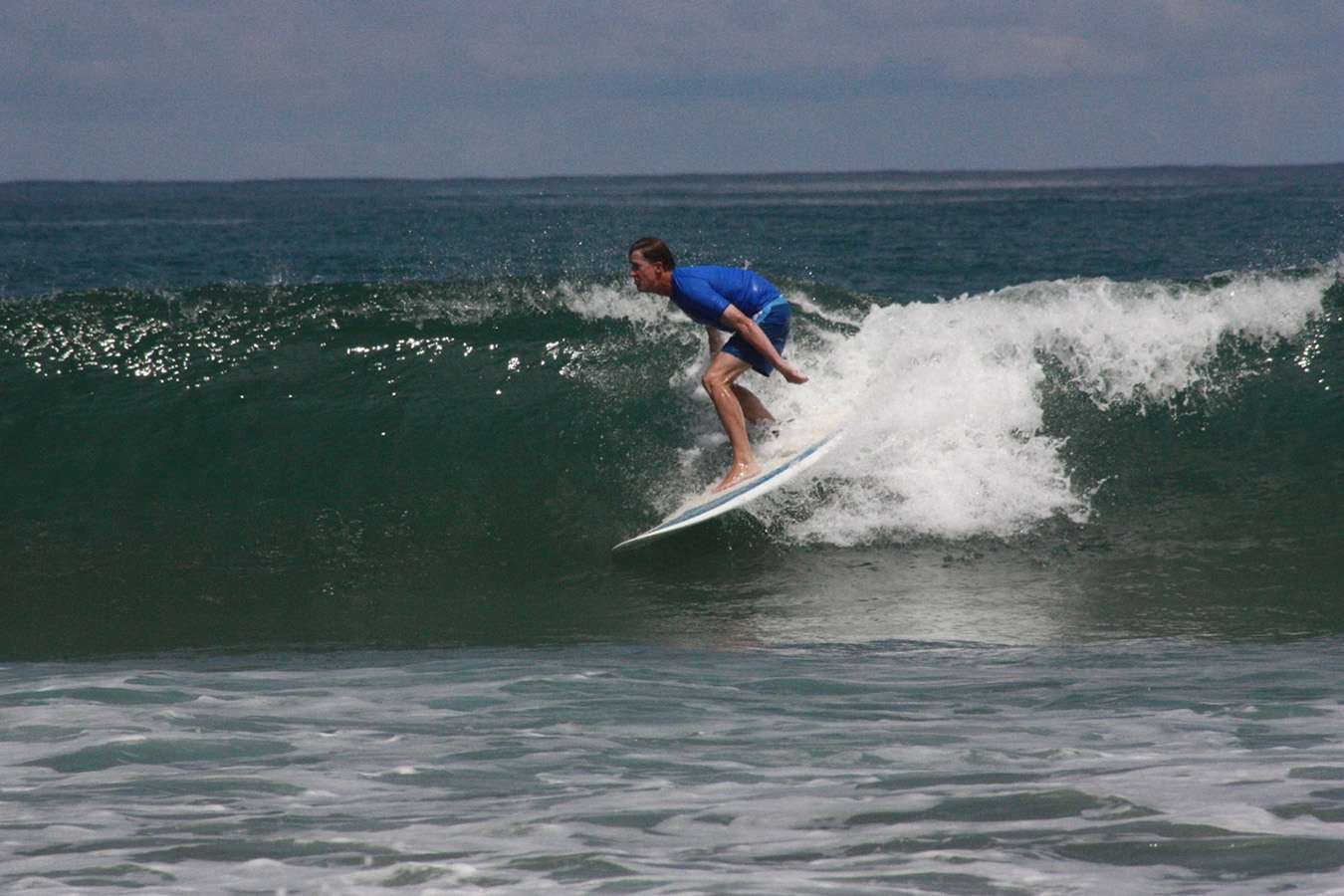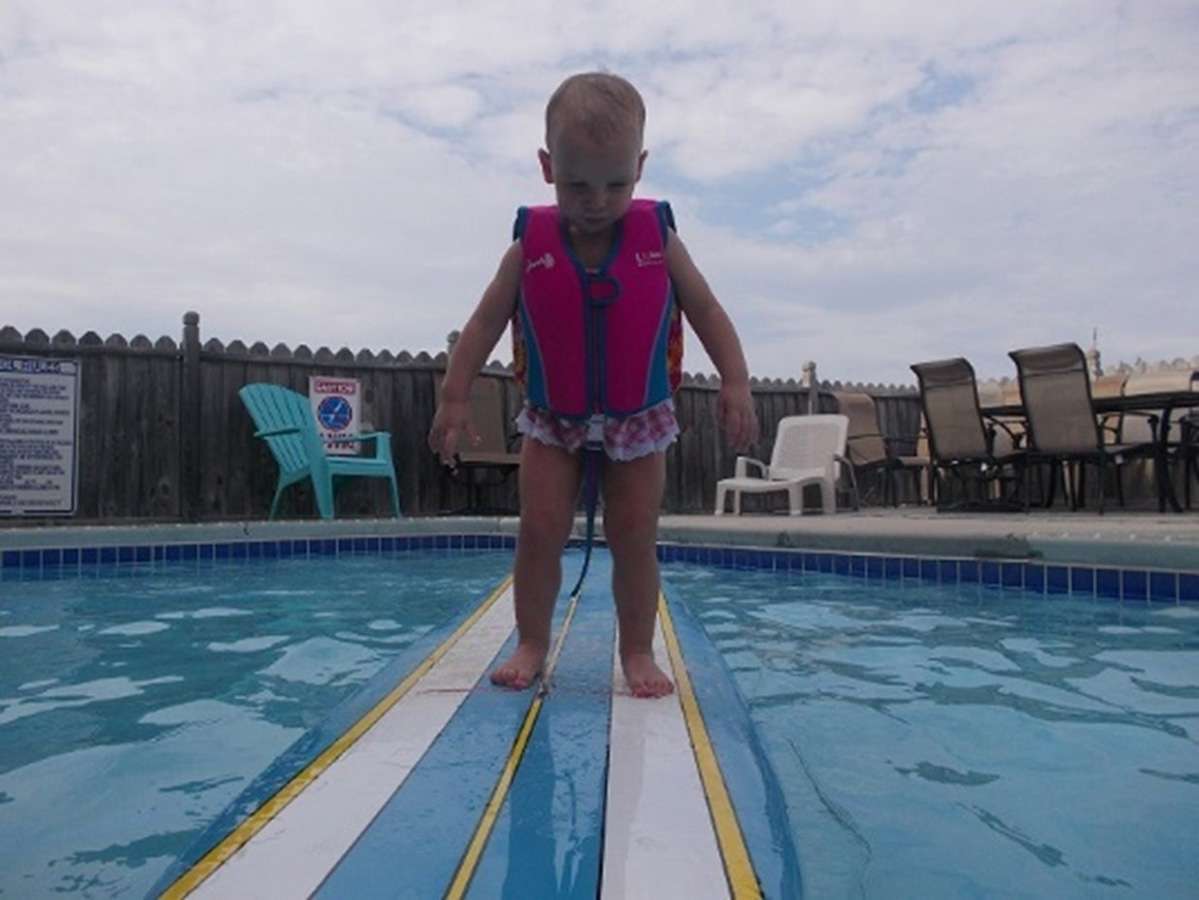For more events, check out EGuideMagazine.com’s BIG CALENDAR!




Good Vibrations: Tyler Museum of Art’s Chris Leahy
by Derrick White
We have the very good fortune of having a world-class museum in Tyler, Texas. I have the bonus benefit of taking students on field trips to this museum and experiencing inspiring exhibitions just by walking them across the street. I recently had a conversation with Chris Leahy, the Tyler Museum of Art’s executive director, and wanted to share it.
Derrick White (DW): Chris, how did you become involved with the Tyler Museum of Art?
 Chris Leahy (CL): I became the Executive Director of the Tyler Museum of Art in July 2013. I was recruited into the museum world at a funeral in Arlington National Cemetery, Arlington, VA. I came into the art world through the business door. I was hired as the Director of Finance at The Phillips Collection in Washington, DC to put some financial structure into their budget process and to finance the expansion of a new wing of the museum. My first day at The Phillips was Sep 11, 2001; an auspicious beginning. I retired from the United States Army in 1993 after Operation Desert Storm and 21 years of active service as a Ranger qualified Airborne Infantry officer. I am a graduate of the University of Delaware (BA, History) and St. Mary’s University, in San Antonio, TX (MBA), and countless art seminars in Washington, DC.
Chris Leahy (CL): I became the Executive Director of the Tyler Museum of Art in July 2013. I was recruited into the museum world at a funeral in Arlington National Cemetery, Arlington, VA. I came into the art world through the business door. I was hired as the Director of Finance at The Phillips Collection in Washington, DC to put some financial structure into their budget process and to finance the expansion of a new wing of the museum. My first day at The Phillips was Sep 11, 2001; an auspicious beginning. I retired from the United States Army in 1993 after Operation Desert Storm and 21 years of active service as a Ranger qualified Airborne Infantry officer. I am a graduate of the University of Delaware (BA, History) and St. Mary’s University, in San Antonio, TX (MBA), and countless art seminars in Washington, DC.
DW: Are you an artist yourself?
CL: Not even close but I am a student of art and art history in its many forms. Duncan Phillips’ life story remains an inspiration for me. He was from a wealthy Pittsburgh steel and glass family who moved from the banks of the Alleghany to Washington, DC just before the turn of the twentieth century. His parents gave him and his older brother an allowance to buy art. He was so devastated by the death of his father (1917) and brother (1918) from the Spanish flu that he turned to art to ease his grief. He and his mother opened the Phillips Memorial Gallery in the early 1920s. Phillips conceived of his museum as “a memorial…a beneficent force in the community where I live—a joy-giving, life-enhancing influence, assisting people to see beautifully as true artists see.” Here at the Tyler Museum of Art, we strive to emulate Duncan Phillips’ concept of “to see beautifully.”
DW: What are the most important things art brings to your life?
CL: I find art in many things, and they bring joy and beauty to my life. It may be a beautiful sunrise or a perfect four-foot ocean wave rolling on a sunny beach, but I see the artistry in these things. I also find joy in human-created art, no matter whether it is a great composition or my granddaughter’s still life. I find joy in all these things.
As I close out my 10th year as Executive Director of the Tyler Museum of Art, I reflect on the good fortune that followed me through my life and career in the art world. I hope I have succeeded in passing on the joy of art, the “stoke” as we surfers say to the many communities, I have been lucky enough in which to work.
DW: What frustrations do you experience being a museum director?
CL: Museum anxiety is the most frustrating aspect of my role as a museum director. I use this term to describe the apprehension many people have toward art museums. They think of art museums as temples. You do not need to have special knowledge to visit a museum. You do not need to feel out of place or embarrassed you will not understand art in a museum. A museum is a community resource for everyone to enjoy the works created by their fellow humans to express emotion and feelings. Most museum-goers will not like everything on display, but that is part of the experience of finding what you want. I struggled for years with abstract expressionism and have over time come to appreciate it.
Some years ago, we presented an exhibition, “The Art of the Brick,” to help break down the anxiety of visiting a museum. Our goal was to welcome all members of our community into the museum, and they were fascinated by sculptures constructed of Legos. Museums are for everyone.
DW: Do you have a favorite artist?
CL: This is the toughest question you have asked. I go back to my seminars with Nancy G. Heller, a frequent visitor to the Phillips and the Corcoran, who wrote the book “Why Modern Art is Like a Pizza: A Guide to Understanding and Enjoying Modern Art” for an answer. Rather than her lengthy answer, I will give you a spectrum that begins with Winslow Homer and Cezanne then proceeds through Hooper and Andrew Wyeth to John Severson, a photographer. During my interview at the Phillips, I was intimidated by a painting on the office wall I later learned to be a Cezanne self-portrait. He stared sternly at me the entire interview. John Severson was a West Coast photographer who founded Surfer Magazine in the mid-1960s. The magazine had a profound impact on my early surfing career, and it continues today. We spent the recent holiday season back on the island of Kauai, HI, where my 12-year-old granddaughter paddled into and rode her first wave without assistance; a proud moment.
DW: Can you describe some challenges and rewards you have had at the TMA?
Probably the most challenging exhibition was the 2015 installation of the granite sculpture by Candyce Garrett throughout the TJC campus. We placed 15 sculptures, some weighing several thousand pounds each on concrete pads. It was a great opportunity for the TJC community and sculpture fans to live with great art on campus for a year. Without a doubt, the most rewarding exhibition for me is our annual high school show. On March 26, 2023, we will open our 19th annual high school exhibition. Each December we put out a call throughout East Texas to high school art teachers asking them to bring us the best of their senior students’ artwork. Last year we had 85 students from 16 high schools representing 8 East Texas counties. This year we are expecting 20 teachers to submit work for the show. We mat and frame most of the works to give it a uniform and professional gallery installation. The most rewarding aspect of this exhibition is that we have no idea what to expect and each year the students and their art teachers raise the bar on creativity and quality. Our high school art exhibitions generate some of the most creative work I have ever seen.
DW: What advice would you give artists wanting to exhibit their work and connect with potential collectors?
This is another hard question. I advise artists to continue to work to refine their talent and participate in public exhibitions. For example, the “Palette of Roses Art League” is a good group of community artists who work and exhibit together. It helps artists explore new opportunities and find an audience. We also work with Valerosa art and Art Connection East Texas to install and display local artists’ work in the hallways of the University of Texas at Tyler, College of Pharmacy building as well as the hallways of the Tyler Junior College Rogers Nursing and Health Sciences building. These public exhibitions offer another opportunity for local artists to gain recognition that may lead to gallery representation and collection by patrons of the arts.
We have so many fine artists in Tyler and East Texas who deserve the opportunity to show their work to the public that we must be incredibly careful in our exhibitions. We have several local artists in our permanent collection and have shown them in our galleries. Additionally, this past fall we highlighted fifteen East Texas Artists in our “Art Among the Azaleas” exhibition.
DW: What do you see for the future of Texas contemporary art and what new media are on the horizon?
CL: Given the talent, I have seen in our high school exhibitions and the number of new artists I have observed taking advantage of opportunities here in Tyler, I think the future is bright. We work with galleries around the state to bring new artists to exhibitions in our galleries. State-wide I see an incredible amount of diverse talent. I hope the non-fungible token fad that raged across the art scene for the past several years will continue to fade into history. I am seeing more digital artwork and digitally altered photography. I am also seeing more artificial intelligence or AI artwork. There is certainly some creativity there in the manipulation of work, but I am skeptical of the output. Time will tell.
DW: Do you feel there are enough East Texas collectors, opportunities, and financial supporters to sustain an art scene here in Tyler?
CL: Yes, absolutely, the collectors and the opportunities are present in East Texas. What I think we lack are sufficient art galleries representing Tyler artists and connecting them with collectors. One thing I think would help our artistic community is what I call the “Torpedo Factory Model.” See https://torpedofactory.org/ From their website: “Founded in 1974 in an old munitions plant, the Torpedo Factory Art Center is home to the nation’s largest collection of working artist’s open studios under one roof. An Alexandria landmark for nearly 50 years, it’s the highlight of the Potomac Riverfront, attracting approximately 500,000 visitors annually.
















